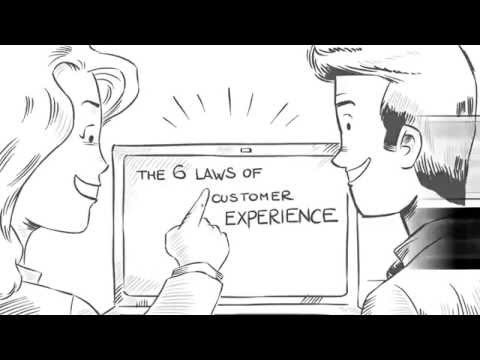Consumers are constantly interacting with brands. But how they interact, when they reach out, and why they engage is unique to each person.
Successful marketers and customer experience professionals know that having a great product or solution alone won’t bring you new business.
To attract and retain customers, marketers must focus on the holistic customer experience — creating and enabling interactions that are engaging, differentiated, and personalized to the individual at every step.
Today, this means building an informed, contextual relationship with your audience through every stage of the customer journey.
Adopting a journey mindset means the customer’s intent and needs come first.
Content, offers, and experiences are triggered and delivered in the moment, to the right channel, on an individualized basis. It’s a customer-first world, and your brand is just living in it.
The challenge is scale in managing many users and sequencing in real-time actions across many different touchpoints. You don’t just
have one customer, you have many — thousands, tens of thousands, perhaps millions — and your customers are always on the move.
They may visit your site, depart, resurface, read your emails, follow you on social media, call your contact center, and, if you’re a
retailer, walk into your store to interact with staff or purchase a product. All of which means you have a large and growing
accumulation of customer data that can tell you a lot about every individual. And you have many channels of engagement, including
those you control — say, website, mobile sites, email, in-store — and other channels on which you connect with customers, like
Twitter and Facebook, voice-interaction channels like Google Home and Amazon Alexa, and more. Even if you control of your
message and your channels, you can’t control who sees your message in what context. As a marketer or customer experience
professional, you are no longer in the driver’s seat. Your customers now decide the experience they want to have with a brand —
what they want to consume, where they want to consume it and when – and they expect that each and every digital interaction be
highly relevant and personalized for them. Here’s the tough part: It’s your job to anticipate, to react fast, and be where your customers
are in each moment of the customer lifecycle. Welcome to the era of the customer journey.
Customer Journey Customer Experience Customer’s Intent Customer Lifecycle Customer Data






